24/05/2018 - 27/05/2018 Mandalay
Lofalitsidwa: 30.05.2018
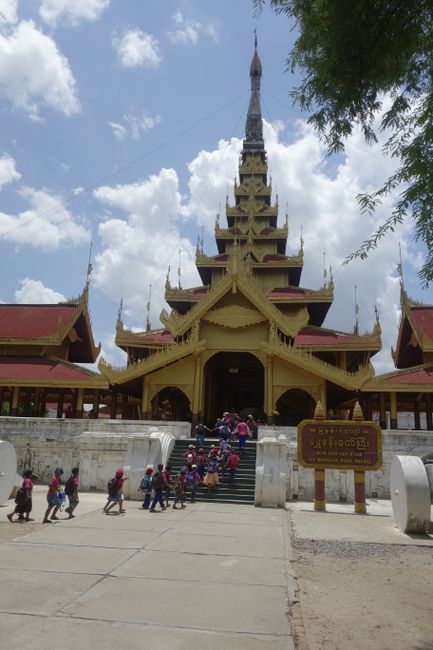
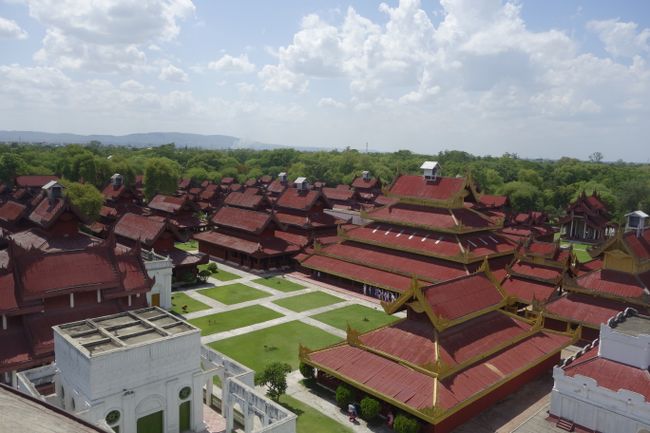
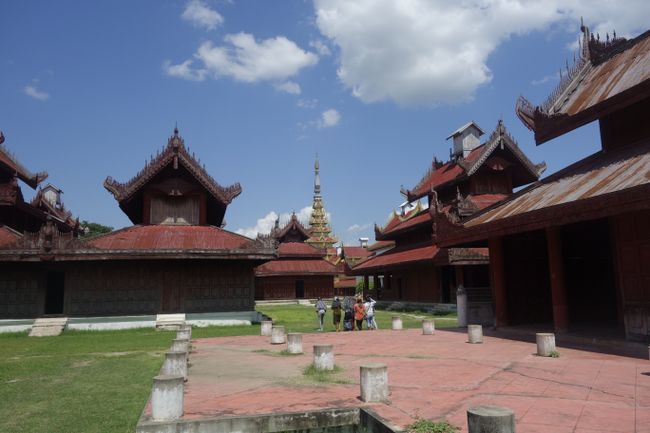
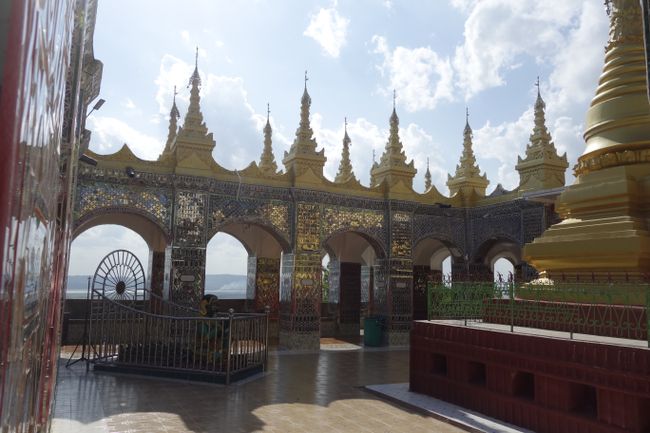
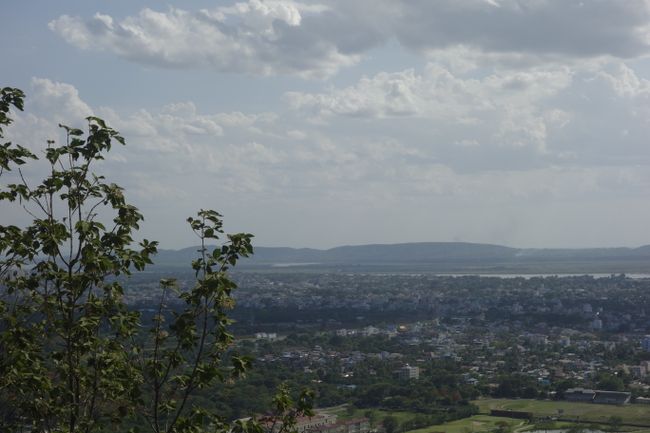
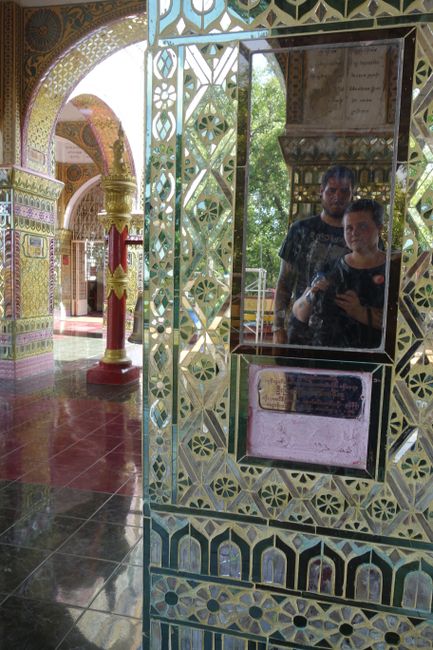
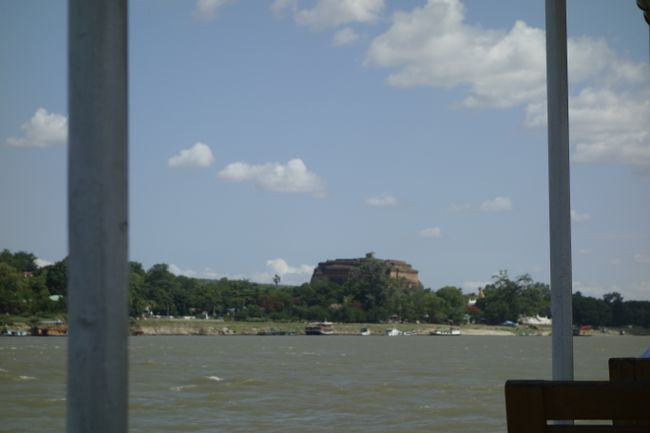

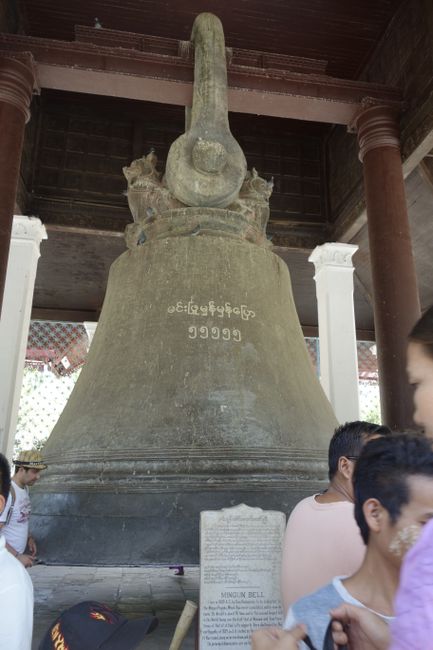
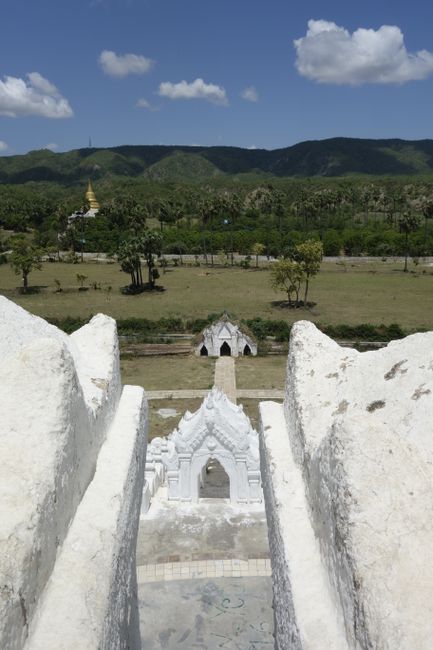
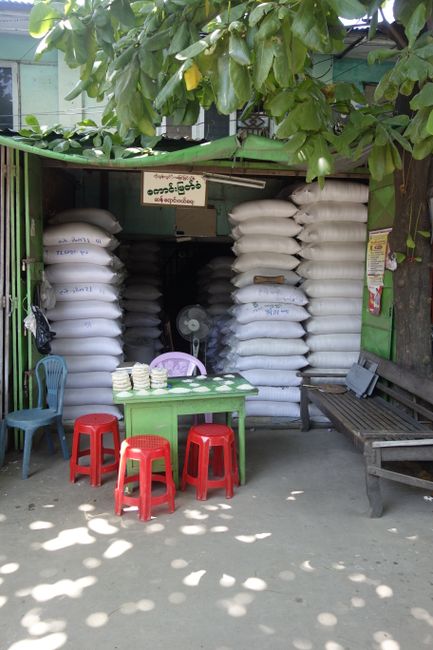
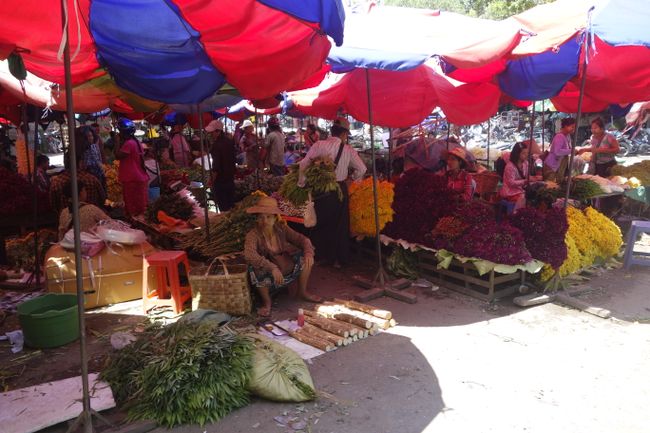
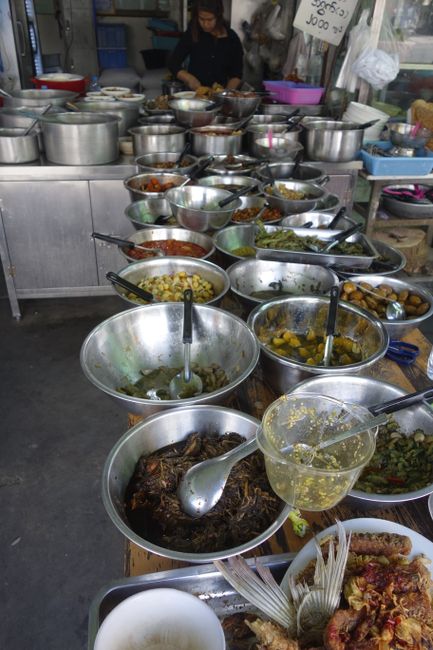
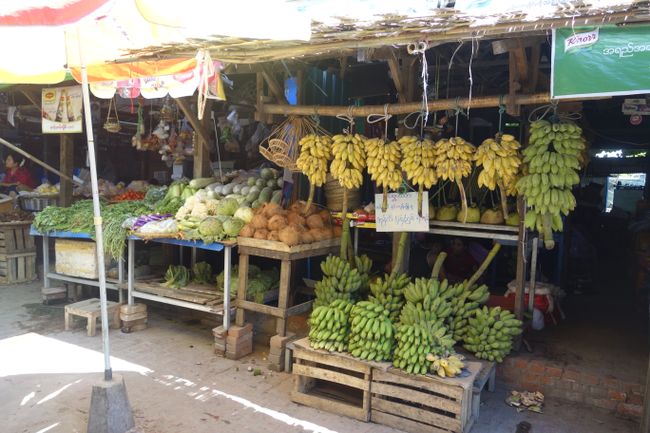
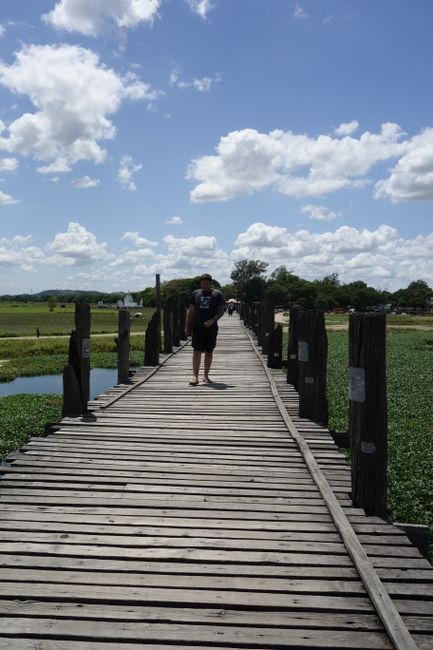
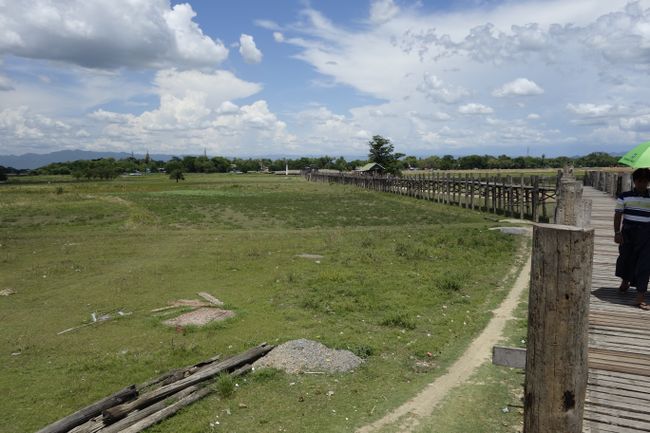
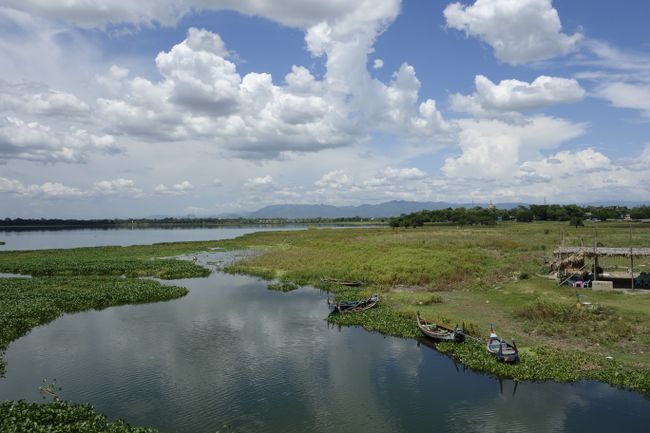
Lembetsani ku Newsletter
24/05/18 - 27/05/18 Mandalay
...and we thought it was hot in Bagan.
After a six-hour journey covering just 200km, we arrived in Mandalay, the second largest city in Myanmar. The next three days would put our sweat glands to the test. The distances we had to travel to see the sights, combined with the constant 40-degree heat and lack of shade, were truly a challenge. But we managed to overcome it, cursing the lovely sun along the way.
On the first day, we only wanted to visit the Royal Palace and Mandalay Hill. These sweaty 12km were quite demanding. The Royal Palace grounds are located in the center of the city, within a walled area measuring approximately 2x2 km and surrounded by a moat. Foreigners can only enter through the eastern entrance. A map inside the grounds shows which paths foreigners are allowed to take. Overall, there is only one road that leads to the center of the grounds, and the palace is just a small part of the entire area, which is mostly military territory. The palace is not the original one built in 1850, but a new one built in 1990.
After exploring the palace grounds, we headed north. We didn't have the energy to climb the 1,729 steps to Mandalay Hill, so we took public transportation. In Mandalay, this consists of pickup trucks with benches and a roof installed in the back. It was a bit difficult for us to understand the system since even the line numbers are only written in Burmese. There are no bus stops either. You just need to know where the lines go and where the pickups stop. Once you figure that out, you can travel around Mandalay for a very low cost, although be prepared for long stops and not always understanding why... but it was easier to catch the bus that goes to the hill from its starting point. On top of the hill, we enjoyed the view of the flat, green Mandalay and a pleasant breeze, as well as a few temples. We walked back, passing by several other temples.
On the second day, we took a boat trip to Mingun. This village is located a few kilometers north of Mandalay on the other side of the river. Here, you can find an unfinished pagoda that was started in 1790 but was abandoned in 1819 after the death of the king. If completed, it would have been the largest pagoda in the world. Now, it's just a large platform made of red stones, slowly developing more cracks. However, what was completed is the bell, which is now considered the second largest bell in the world. It is kept in a nearby building and can be rung!
On the day we planned to take the night bus to Kalaw, we visited the nearby town of Amarapura. Using the public transportation described earlier, we traveled to this town south of Mandalay. One of Myanmar's most famous attractions, the Ubein Bridge, can be found here. Built between 1849 and 1851 on 1,086 pillars, it is the longest teakwood bridge in the world, measuring 1.8km. Some of the wooden pillars have been replaced with concrete at critical points, and railings have been added in some places, but overall, it looks similar to how it did back then. The bridge stretches across fields and a lake. After crossing the bridge, we made our way back to catch our night bus to Kalaw.
One noticeable thing about Mandalay is that the persistence of taxi drivers has increased, which became annoying, but it is probably due to the long distances that are not very pedestrian-friendly (despite the presence of sidewalks, which are always blocked by various things).
Aside from that, most of the encounters we have had have been very pleasant... like at the bus station in Mandalay, when a Buddhist nun bought a round of "wet towels" for her fellow passengers and gifted them to us and everyone around us.
Lembetsani ku Newsletter
Yankhani
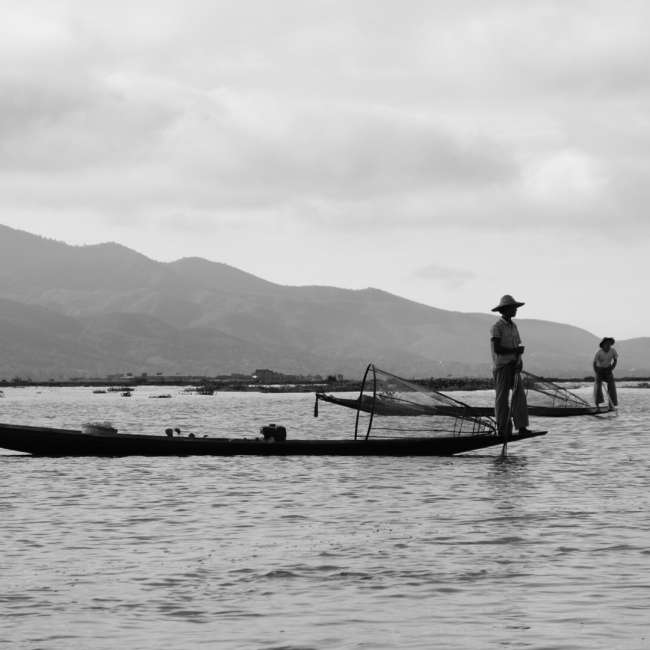
Malipoti amaulendo Myanmar

